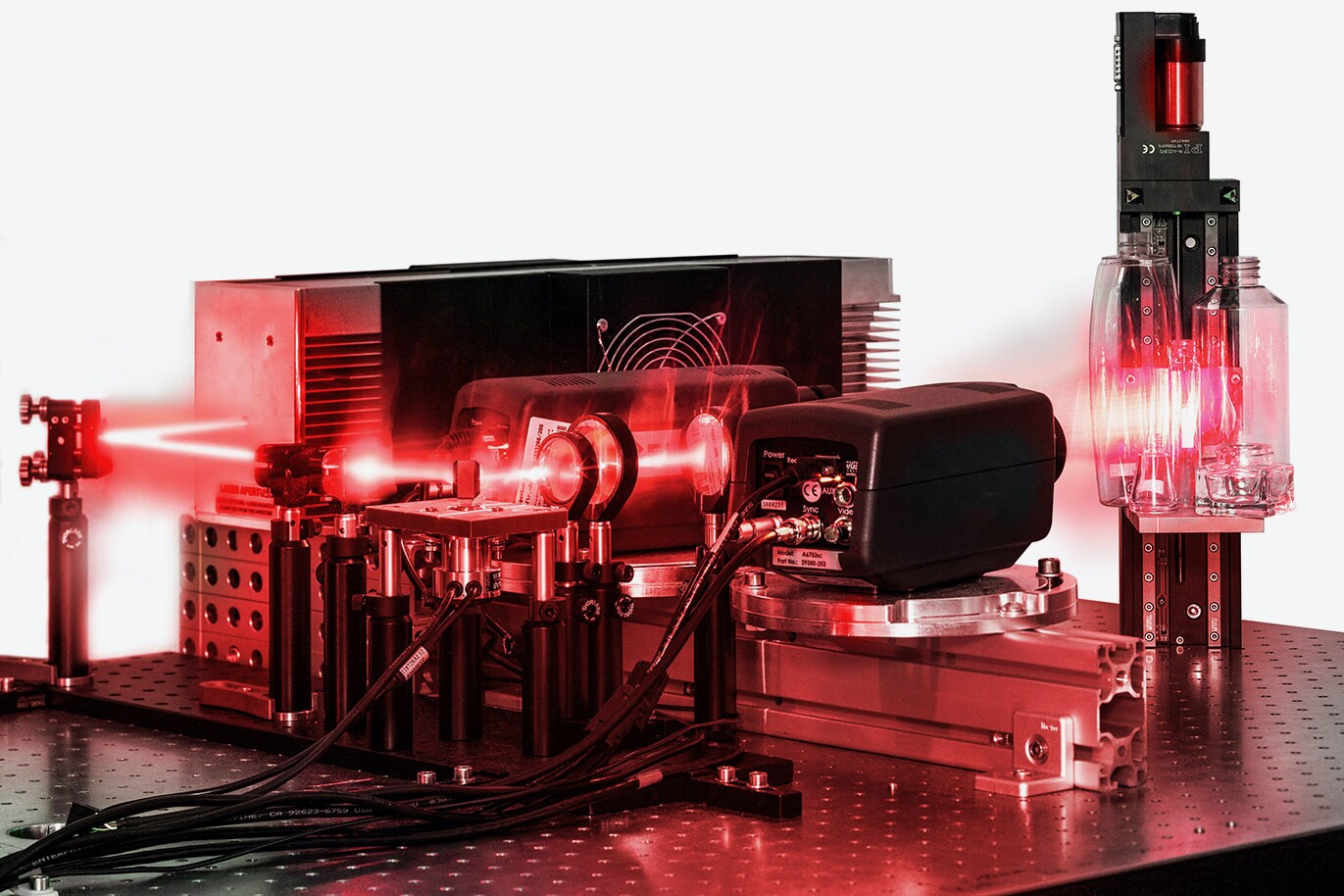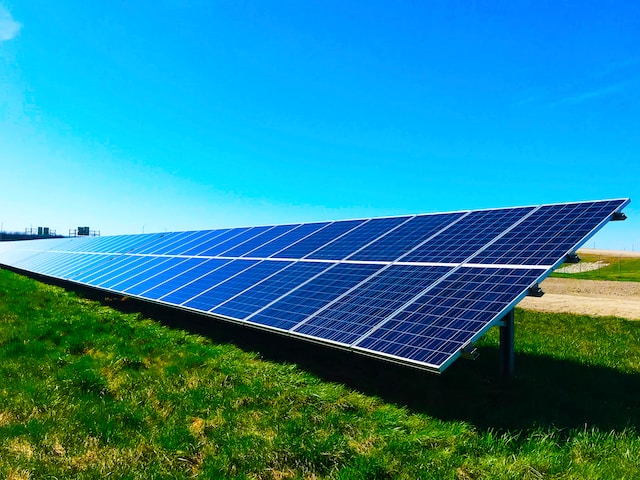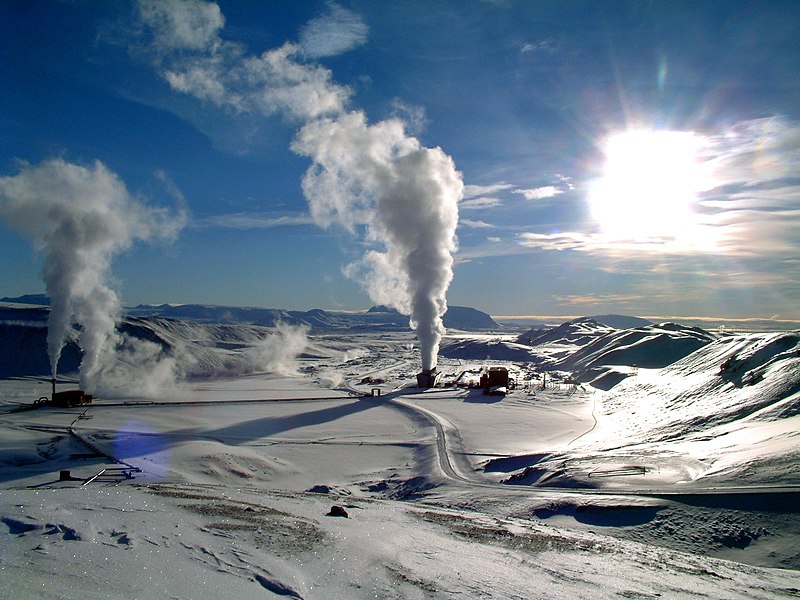It is beginning to look as though the solar energy industry could deal a big blow to entrenched, mammoth, regulated monopolies, otherwise known as US power utilities, over the coming decades. Large US utilities have operated under the same business model for more than a century so it would not be surprising to see them have to change with the times to survive.
Revolutionary Responses Needed In Response To Distributed Generation
The Edison Electric Institute published a report in January, 2013 prepared by Peter Kind of Energy Infrastructure Advocates which touches on many factors presenting big challenges to utility companies. These include falling costs of distributed generation, new supplies of distributed energy resources (DER), the emergence of “demand side management” (DSM), government programs incentivizing new technologies, the boom in the availability of natural gas at cheaper prices, the seeming “new reality” of slower growth trends worldwide, and rising electricity prices in some areas.
These changes in and of themselves represent a huge watershed in the history of the delivery of energy resources to businesses and consumers. Everything is changing and technologies like solar photovoltaic or PV, wind energy, and others are significantly altering the playing field.
The financial risks to utilities could not be greater. Undoubtedly, some utilities will make mistakes and be driven out of business, others will be forced into mergers to remain viable and many new small and medium size companies will be created and complete with big established companies.
New Paradign: “Islanded” & Intergrated Microgrids
It is believed that a network of micro-grids will eventually cover the entire planet and be the main source of utility distribution. The first microgrid was created by Thomas Edison in 1882, at the Manhattan Pearl Street Station. According to a Pike Research report a microgrid is “an integrated energy system consisting of distributed energy resources and multiple electrical loads operating as a single, autonomous grid either in parallel to or “islanded” from the existing utility power grid.”
Characteristics of Microgrids
Among the benefits of microgrids identified by the Lawrence Berkeley National Laboratory (LBNL) are:
- Autonomy: Microgrids allow generation, storage, and loads to seamlessly operate in an autonomous fashion, balancing out voltage and frequency issues with recent technology advances.
- Stability: Control approaches are based on frequency droops and voltage levels at the terminal of each device, allowing the entire network to operate in a stable manner, regardless of whether the larger grid is up or down.
- Compatibility: Microgrids are completely compatible with the existing centralized grid, serving as a functional unit that assists in building out the existing system, helping to maximize otherwise stranded utility assets.
- Flexibility: Expansion and growth rates do not have to follow any precise forecasts since lead times are short and buildout incremental. Microgrids are also technology neutral, able to tap a diverse mix of renewable and fossil fuels.
- Scalability: Microgrids facilitate the use of many small generation, storage, and load devices in a parallel and modular manner in order to scale up to higher power production and/or consumption levels.
- Efficiency: Energy management goals – including economic and environmental – can be optimized in a systematic fashion.
- Economics: “Droop frequency control” techniques allow for economic decision-making to be programmed into standard operating protocols.
- Peer-to-Peer Model: Microgrids represent a new paradigm – a true peer-to-peer energy delivery model that does not dictate size, scale, peer numbers, or growth rates.






